India has a rich artistic heritage, but several traditional art forms are fading due to modernisation and declining patronage. These crafts, once an integral part of cultural identity, now struggle for survival. Here are 7 dying art form India that needs to be brought back to life.
1. Bidriware
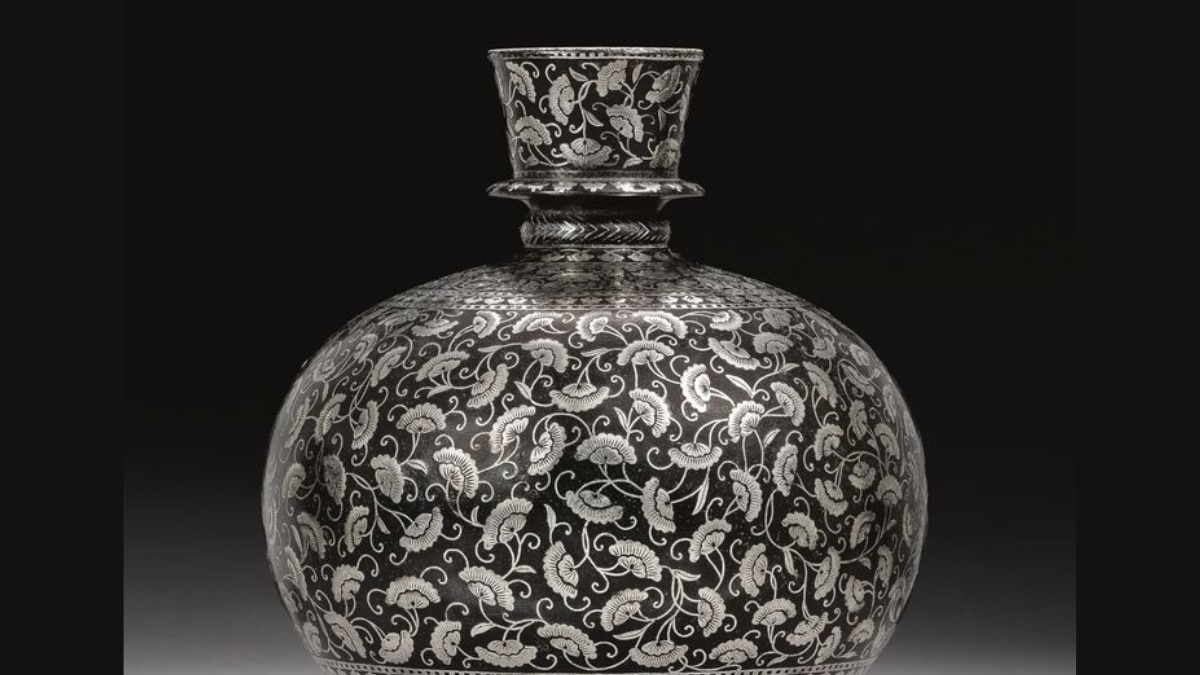
Bidar in Karnataka saw the birth of the unique metal craft of Bidriware at the time of the Bahmani Sultanate during the 14th century. Made from blackened white brass and inlaid with silver, this intricate art has Persian influences. Bidriware faces difficulties maintaining its artisan community even though it holds a Geographical Indication (GI) status.
2. Kasuti Embroidery
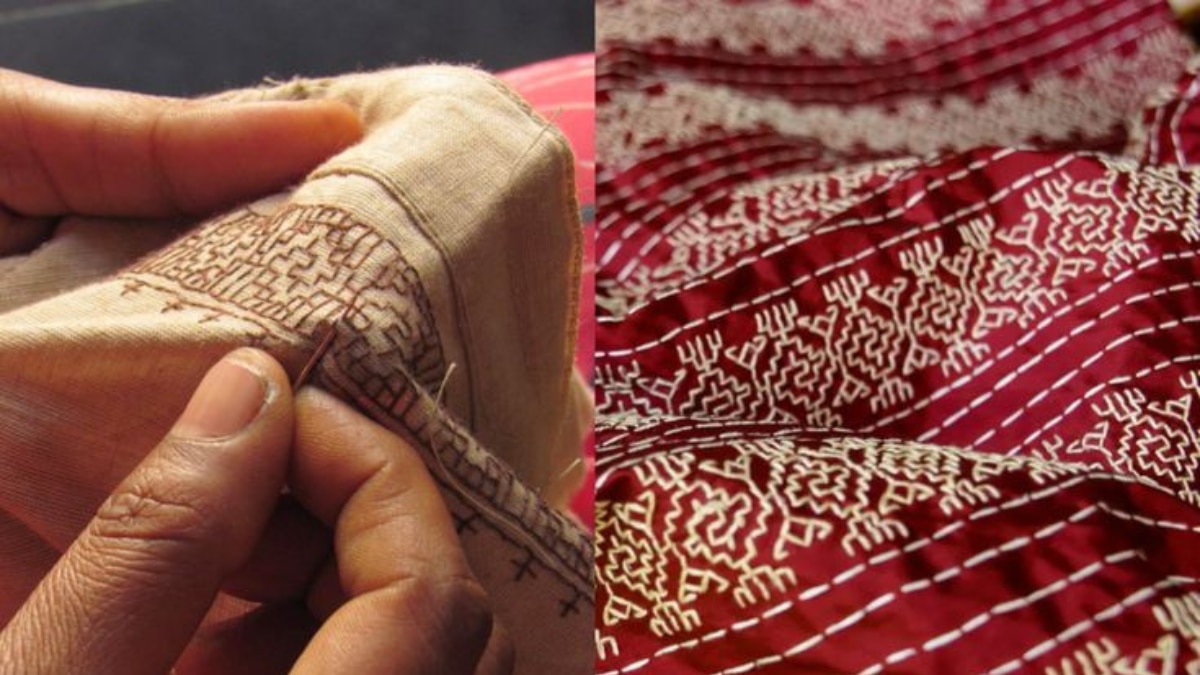
Kasuti embroidery is a textile craft of Karnataka because its exquisite thousands of hand-sewn patterns follow rangoli design motifs. The embroidery used to form bridal trousseaus has lost its position because mechanised alternatives gained prominence.
3. Toda Embroidery
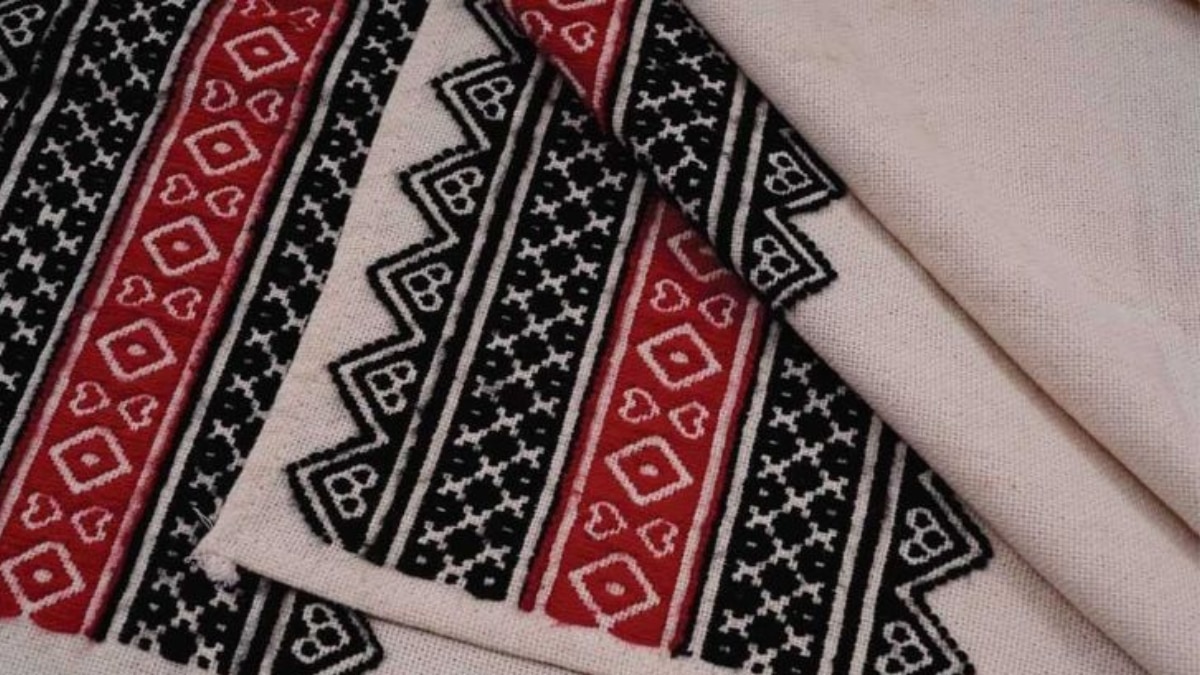
Toda tribe members from Tamil Nadu maintain a distinctive sewing technique that involves red and black geometric artwork on white cotton textiles. The finished fabric offers clear usability for both fabric surfaces because master artisans demonstrate expertise through this feature. The number of craftsmen who practice this art has fallen dramatically.
4. Rogan Painting
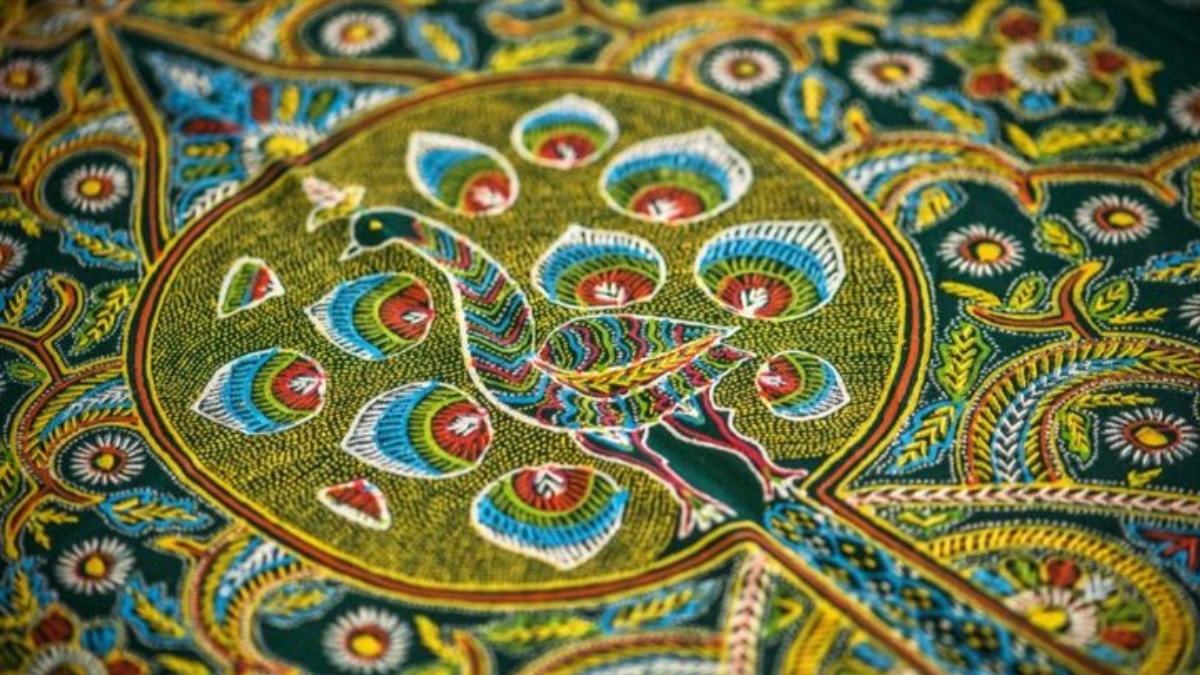
The unique art form of painting with castor oil colours requires metal rods to execute its technique and exists among select Gujarat families. Traditional features displayed on bridal wedding gowns used to adorn these precious textiles until their safeguard became uncertain.
5. Parsi Embroidery
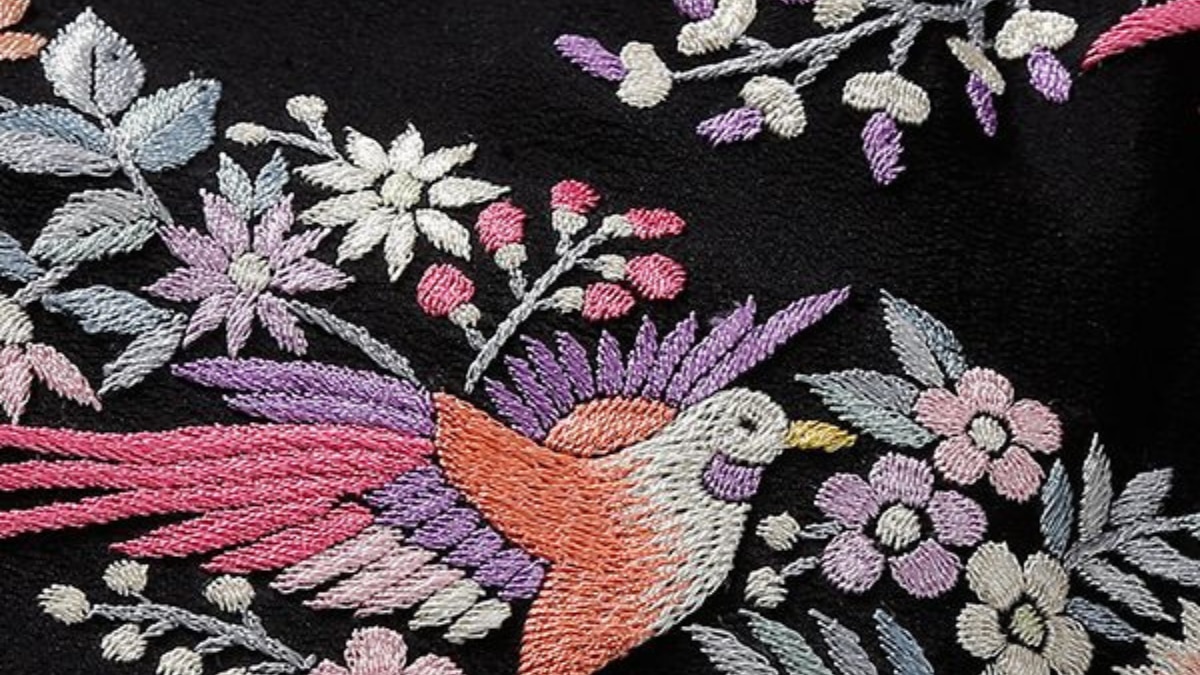
Parsi Gara embroidery arises from a fusion of Persian methods and techniques with Indian and Chinese elements. The handiwork of crafting elaborate Parsi saris takes months yet faces extinction because of the Parsi population decline and its competition with mass-produced alternatives.
6. Warli Painting
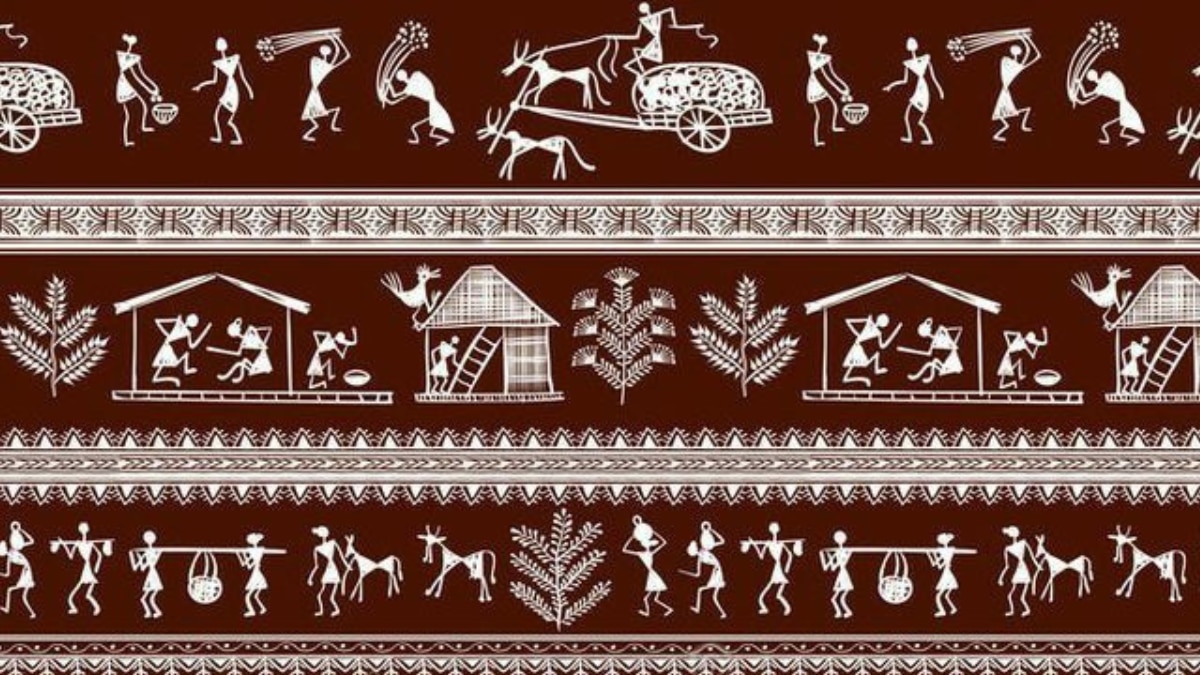
Warli artists in Maharashtra create white tribal artwork that appears in earth tones. These traditional paintings show the natural world alongside daily activities and special events of Hindu festivals as artists use mud walls with rice paste. The art form continues to face a recognition decline even after receiving modern adaptations.
7. Santhal Painting
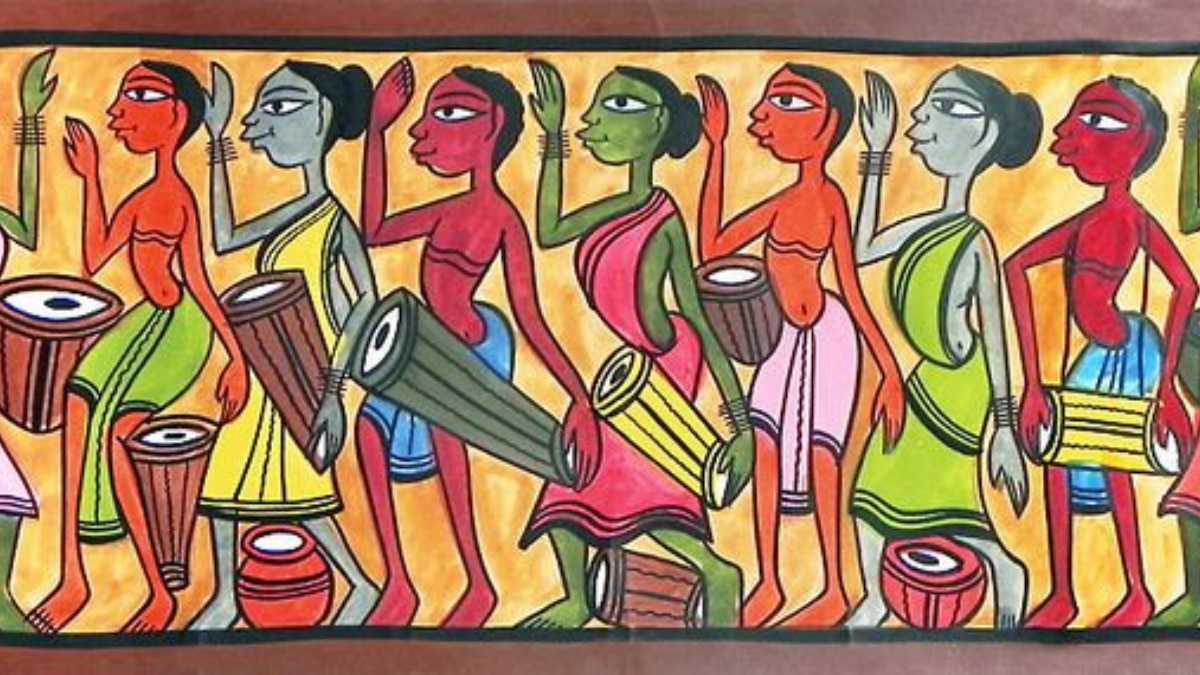
The Santhal tribes from Bihar, together with West Bengal, use their paintings to depict auspicious occasions from musical celebrations to religious weddings and the activities of harvest season. These paintings face two major challenges: they receive minimal exposure to the market, and traditional artistic practices are diminishing.

